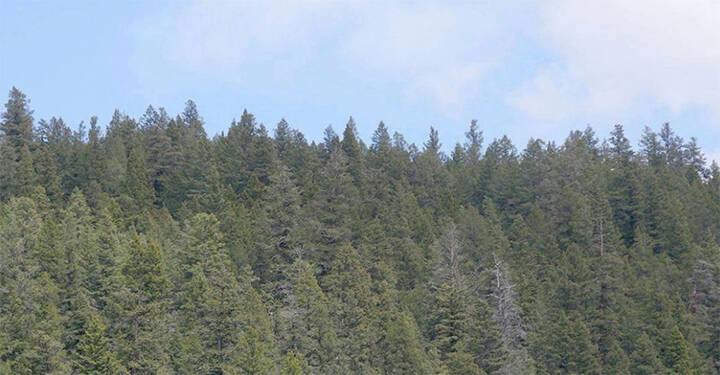In June, the B.C. government released a forestry modernization plan which outlines a broad look on how to improve forestry policies.
One of the main focuses in the plan is diversifying the forest sector and providing more support and opportunities for smaller communities and Indigenous communities through the redistribution of tenures, which in theory would benefit Dungate Community Forest.
A key point of emphasis is introducing a more flexible approach when forest licences need to be reduced. According to the paper, in some situations such as when the timber supply is decreasing, the chief forester will determine if the allowable annual cut needs to be reduced to maintain a sustainable harvest rate. This means that the harvest volume allocated through licences in the area must be reduced to maintain a sustainable harvest rate.
Current policy uses a proportionate reduction method where all tenure holders experience a similar percentage decrease to their licence.
In the modernization plan, the government intends to change this method to allow for consideration of the unique pressures faced by small operators, community forests and Indigenous communities. In essence, a more flexible approach to determining AAC will be introduced.
However, some community forest managers believe that current structure of the community forest agreement of area-based tenures held by communities in combination and collaboration with First Nation partnerships and ownership are a very effective tenure system.
Furthermore, there is a belief among community forest managers that a community forest’s ability to support community initiatives, increase local employment, innovate in forest management, and broadly develop local, small, rural communities is directly tied to the benefits derived from the tabular rate pricing system.
The proposed timber pricing policy change could actually undermine the ability of community forests to achieve the very objectives that the government, communities and First Nations partners seek in the forestry modernization plan.
The modernization project is a multi year plan, and the government states in the paper that it won’t be accomplished overnight, but rather over several years allowing for adjustments in the business cycle. The broad goal is that by the end, tenure holders will gain increased clarity and predictability on future tenure decisions.

